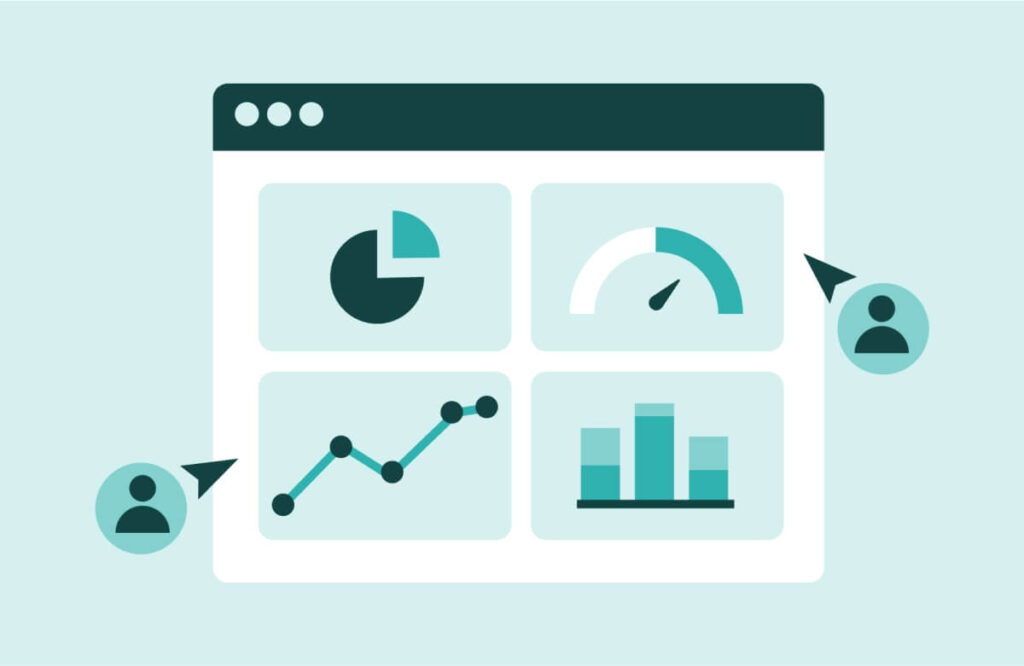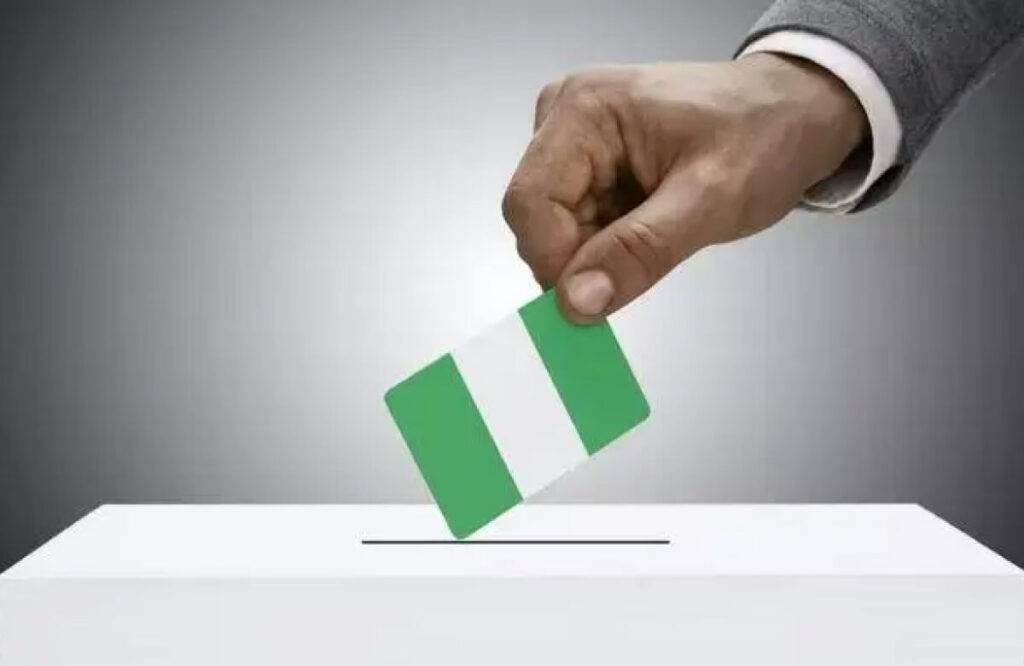
In the ever-evolving world of politics, data is the lifeblood of informed decision-making. The raw information collected from polls, surveys, and various sources holds the key to understanding voter sentiment, analyzing policy impacts, and shaping campaign strategies. However, this deluge of data can be overwhelming without a clear means of interpretation. This is where data visualization steps in, playing a pivotal role in transforming complex datasets into actionable insights that guide political decision-making.
Demystifying Data Through Visualization
Data visualization is the art and science of representing data in a graphical or visual format. In the realm of politics, it translates vast datasets, poll results, and policy analysis into easy-to-understand charts, graphs, maps, and infographics. Its purpose is to demystify the numbers, enabling politicians, campaign strategists, and policymakers to quickly grasp trends, patterns, and correlations.
Why Data Visualization Matters
- Clarity in Complexity: Politics is inherently intricate, with numerous variables and factors at play. Data visualization simplifies this complexity, allowing decision-makers to extract clear, straightforward insights. Whether it’s understanding voter demographics or gauging the effectiveness of a campaign message, visuals make the process more intuitive.
- Informed Campaign Strategies: Successful political campaigns rely on precision and the ability to tailor messages to specific audiences. Data visualization aids in identifying target demographics, enabling campaigns to focus their efforts effectively. It provides a visual roadmap to decision-makers, highlighting the areas where resources can make the most impact.
- Real-Time Analysis: Politics moves fast, and the ability to analyze data in real-time is paramount. Data visualization tools and dashboards allow campaign teams to monitor the latest poll results, social media sentiment, and news coverage as it happens. This rapid feedback loop empowers them to adapt strategies on the fly.
- Public Engagement: Data visualization isn’t limited to internal use. It’s a powerful tool for engaging the public. Visualizing data on campaign websites or through social media helps voters understand key issues, candidates’ stances, and the impact of their votes. Engaged and informed voters are more likely to participate in elections.
Types of Data Visualization in Politics
- Bar Charts and Pie Charts: These are effective for displaying percentages, making them valuable for illustrating voter demographics, party support, and election results.
- Heat Maps: Useful for highlighting regional differences, heat maps can show voting patterns, hot-button issues, or policy impacts across geographic areas.
- Word Clouds: These can visualize common words and phrases from speeches, social media, or news coverage, shedding light on the key topics of public interest.
- Time Series Charts: Ideal for tracking changes over time, time series charts reveal trends in voter sentiment and the impact of events on campaigns.
- Interactive Dashboards: These dynamic tools combine various visualization types to provide a comprehensive overview of political data, allowing users to explore and analyze information at their own pace.
Challenges and Ethical Considerations
While data visualization offers immense benefits in political decision-making, it’s not without its challenges. Ethical considerations, such as data privacy, transparency, and accuracy, are crucial. Ensuring that data sources are reliable and upholding standards of transparency in reporting are essential to maintain trust in the political process.
Conclusion
In the realm of politics, where data is a formidable force, data visualization is the bridge between raw information and actionable insights. It empowers decision-makers with the clarity they need to develop effective campaign strategies, make informed policy choices, and engage with the public. In an age defined by the rapid flow of information, data visualization is the tool that transforms data into the compass that guides the ship of political decision-making. Its role in politics is not just practical; it’s transformative, empowering citizens and candidates alike with the knowledge needed to shape the future.

